What is the difference between flutes in cardboard for packaging and display graphics...
In the world of display and packaging, cardboard might seem straightforward, but they’re anything but. These seemingly simple containers are a marvel of engineering, offering a plethora of structural and design options tailored to protect and transport goods efficiently. This versatility is largely due to an often-overlooked feature: corrugated flutes. Far from being musical instruments, these flutes are key structural elements of cardboard box packaging, providing strength, insulation, and protection.
Create Products Like These Easily...
Understanding Cardboard Flutes in Packaging
Corrugated flutes are the wavy layers of corrugated material sandwiched between the liners of a cardboard box. Though not immediately visible, they are instrumental in determining the box’s strength, durability, and application suitability, making corrugated boxes a preferred choice for shipping diverse items.
Exploring the Types of Corrugated Cardboard Flutes
There are five primary types of corrugated cardboard flutes, named A, B, C, E, and F, with thicknesses ranging from 5 millimetres to 0.8 millimetres. Their naming follows their order of invention, not size, with A being the thickest and F the thinnest.
Combining flutes, such as B and C (BC Flutes), creates packaging solutions that are strong and suitable for heavy or industrial items, thanks to their increased thickness and protective qualities.
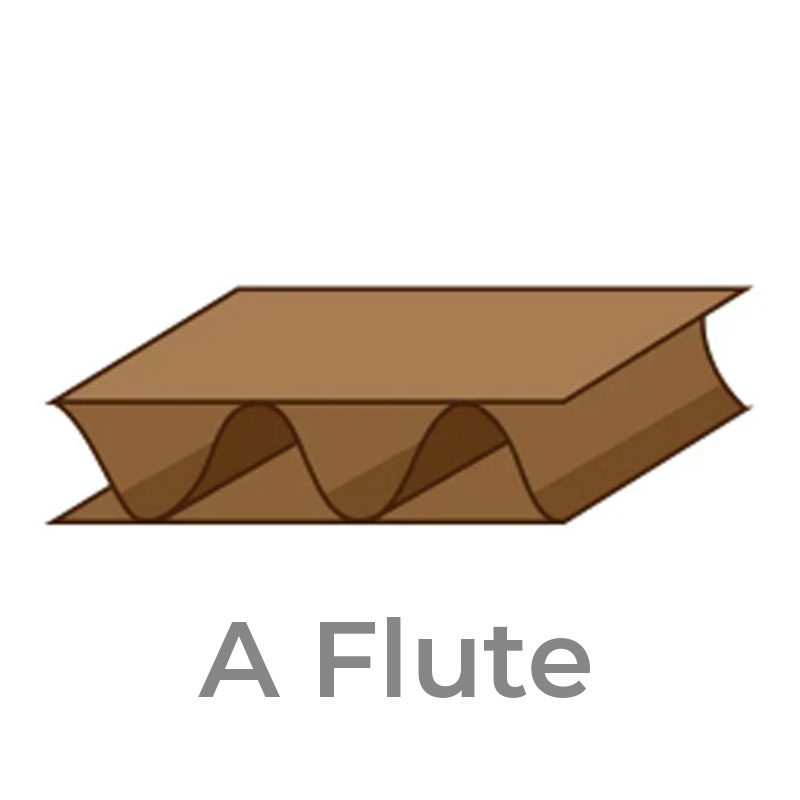
*A Flutes: Offer excellent cushioning and thickness, ideal for delicate or bulky items needing extra protection.
36 flutes per foot.
4-4.5mm thick.
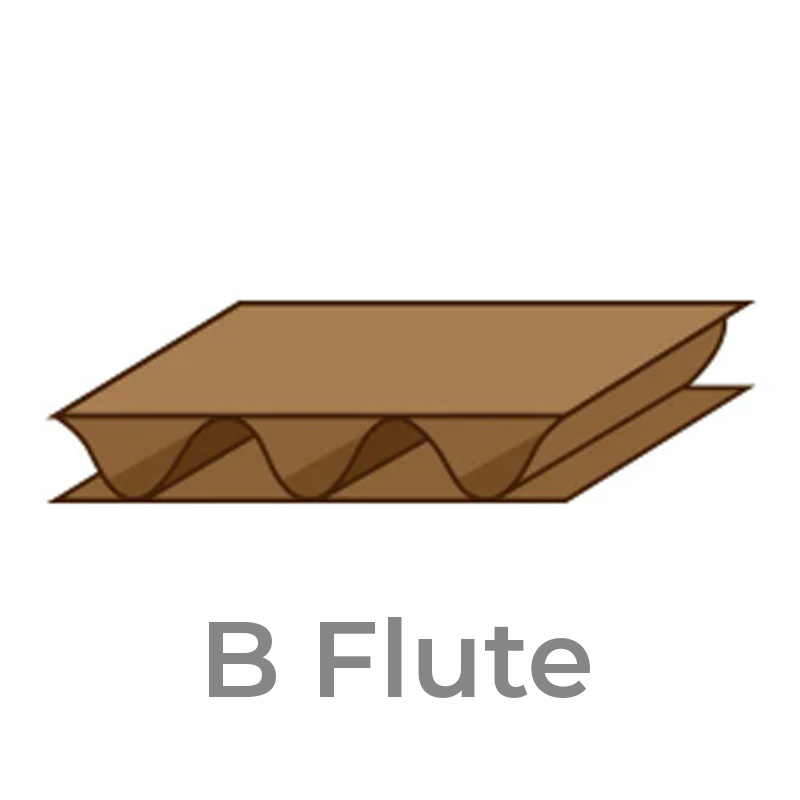
B Flutes: Known for their crush resistance and printing quality, these are thinner and suitable for smaller items like canned goods.**B Flutes:** Known for their crush resistance and printing quality, these are thinner and suitable for smaller items like canned goods.
49 flutes per foot
2.5-3mm thick
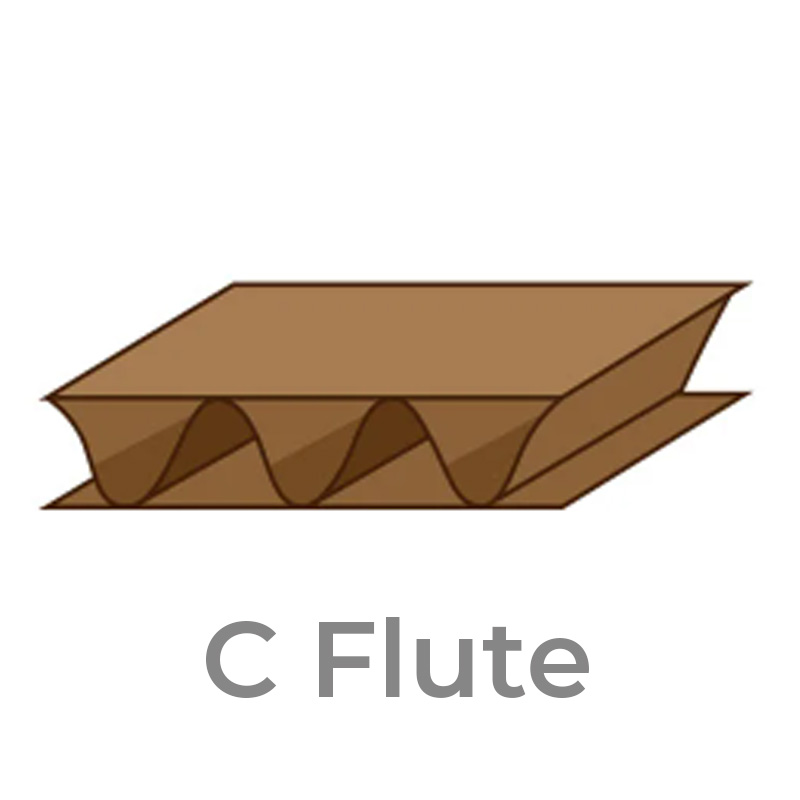
C Flutes: The most common, offering a balance of cushioning and strength, perfect for furniture and glass products.
41 flutes per foot
3.5-4mm thick

E Flutes: Have the flattest surface, making them excellent for high-quality printing applications like cosmetic packaging.
90 flutes per foot.
1-1.2mm

F Flutes: The thinnest, providing stiffness and structure for lightweight consumer goods packaging.
0.6mm
128 flutes per foot.
Choosing the Right Corrugated Packaging
Selecting the appropriate corrugated packaging involves considering various factors, including board type, box style, and printing options. From single-face to triple-wall boards, each offers different levels of durability and protection suited to various applications.
Moreover, the choice of box style and printing technique can significantly impact brand presentation and product safety. For instance, lithographic and digital printing offer high-quality branding opportunities on corrugated packaging.
Conclusion: Embracing the Complexity of Cardboard Packaging
Cardboard boxes, with their intricate system of flutes, provide a sophisticated solution for packaging needs across industries. Understanding the nuances of corrugated flutes empowers businesses to choose packaging that not only protects but also enhances their products. Whether you’re shipping delicate items or need efficient storage solutions, the diverse world of cardboard flutes offers customisable options to meet virtually any packaging challenge.


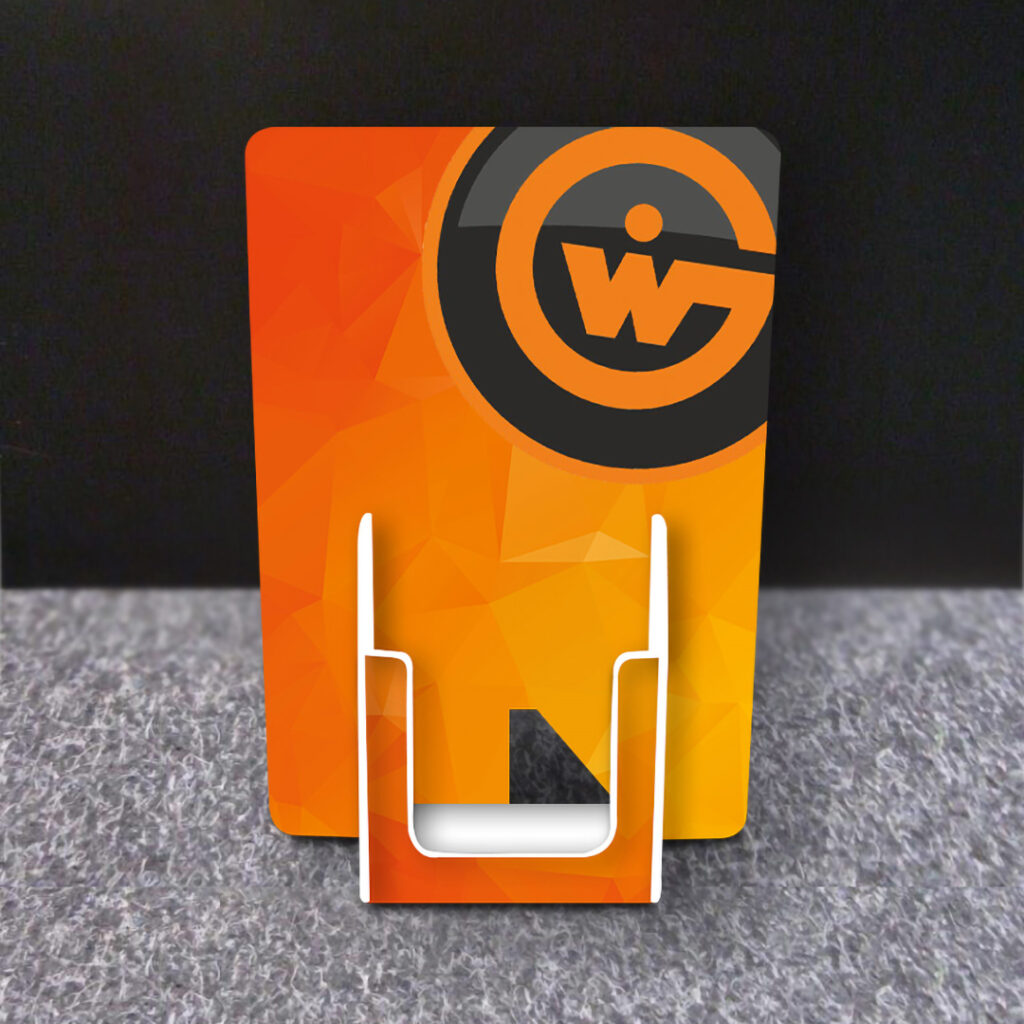
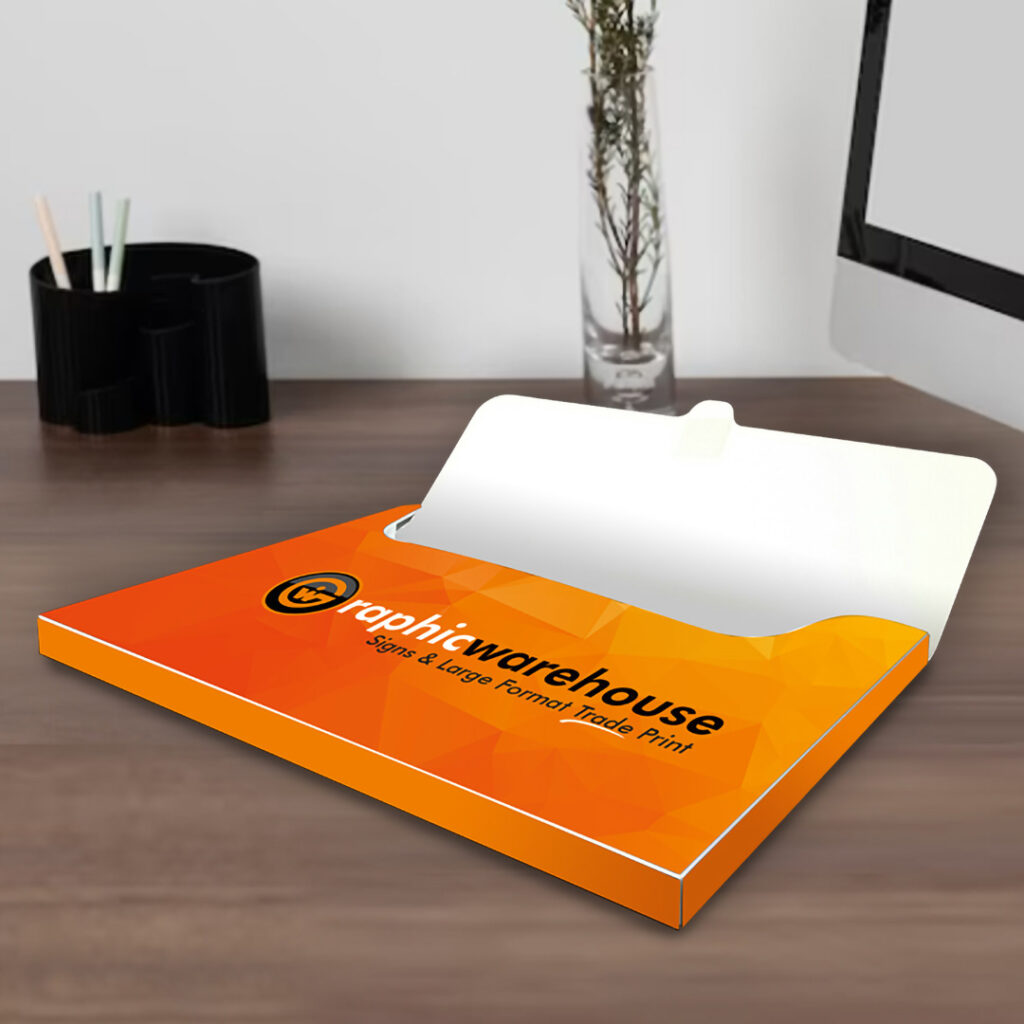
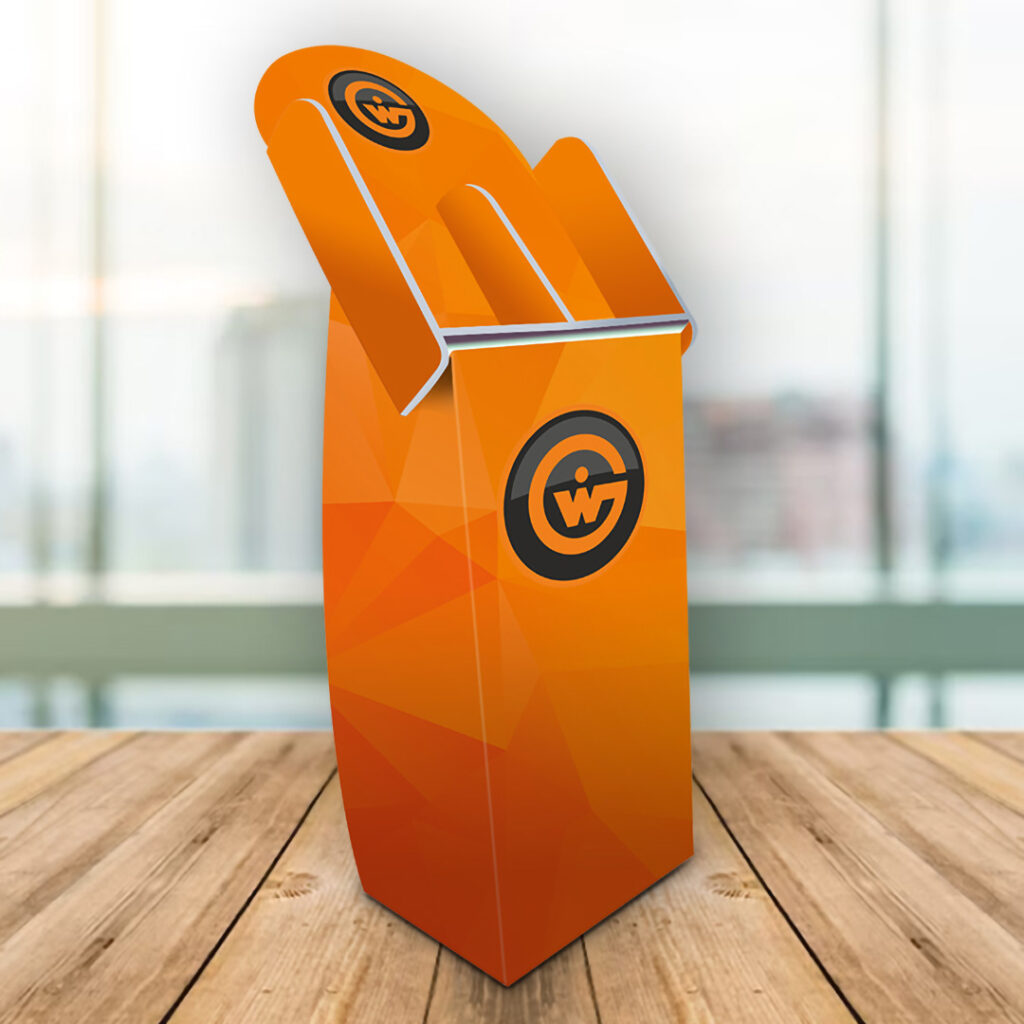
Please login to post a comment.